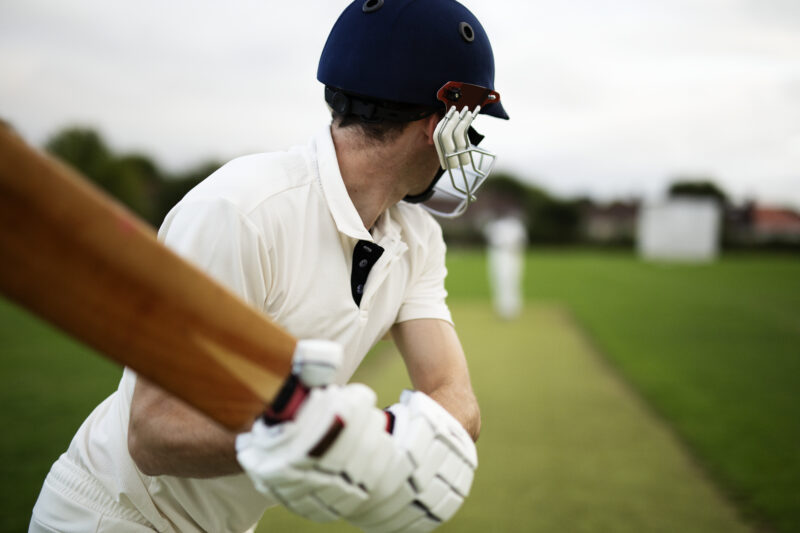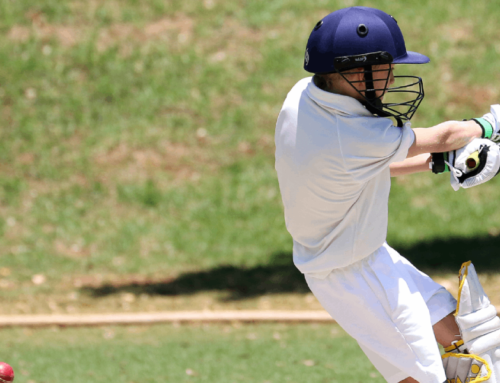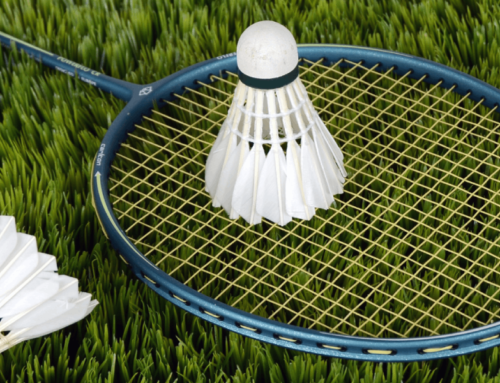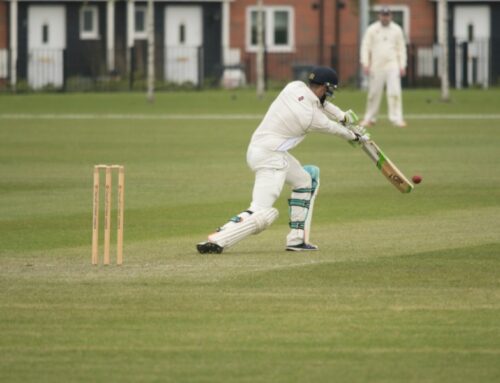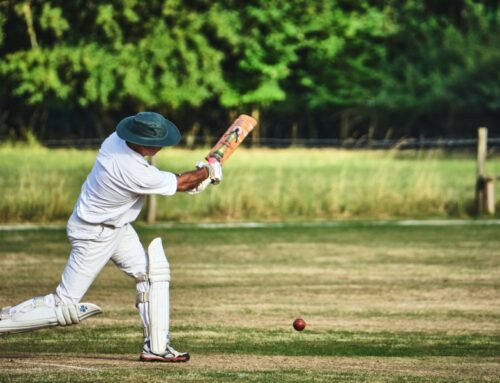Introduction – cricket fielding positions
Cricket is the most popular sport globally due to its rich history, dynamic and exciting gameplay, solid cultural ties in countries where it is played, and the opportunity it provides for fans to connect and the sport through national and international competitions.
Though it may seem complicated to those unfamiliar with the game, it is simple to understand. The basic idea of cricket is hitting the ball and scoring runs while the other team tries to stop you. Players can take up various positions on the cricket field to stop the other team from scoring. This article will look at all these positions and explain what they do.
We will also suggest the Best Cricket Academy in Pune achieve your dream of being a cricketer.
Complete List of Cricket Fielding Positions
Here is a complete list of cricket all fielding positions names:
- Wicketkeeper (wk)
- Slip
- Gully
- Point
- Cover
- Mid-off
- Mid-on
- Square leg
- Fine leg
- Long stop
- Midwicket
- Long on
- Deep square leg
- Deep midwicket
- Deep cover
- Deep point
- Extra cover
- Third man
- Short midwicket
- Short fine leg
Note: The number of players on the cricket ground field in each position and their specific roles vary depending on the format of the game and the strategy of the captain and team.
The Basic Terms on the Cricket Field
Cricket ground fielding has some basic terms that everyone needs to be aware of before they step out onto the field. These are
-
The wicket
This is the wooden structure at both ends of the pitch, consisting of three wooden stumps that are 22 inches tall and bails that sit on top of the stumps. The batting team tries to hit the ball onto the other end of the pitch and run between the wickets, while the bowling team tries to take the batters out by hitting the stumps with the ball. If a batsman is out, they leave the field, and the next batsman comes into bat.
-
The pitch
This is the long stretch of grass in the middle of the cricket field where the game is played. The pitch is 22 yards long and 10 feet wide.
-
The boundary
The boundary is a line that marks where the team can hit the ball and still score four runs (or six runs if it’s hit over midwicket or third man). If they hit it past this line, they get an extra run.
All the Fielding Positions in Cricket Explained
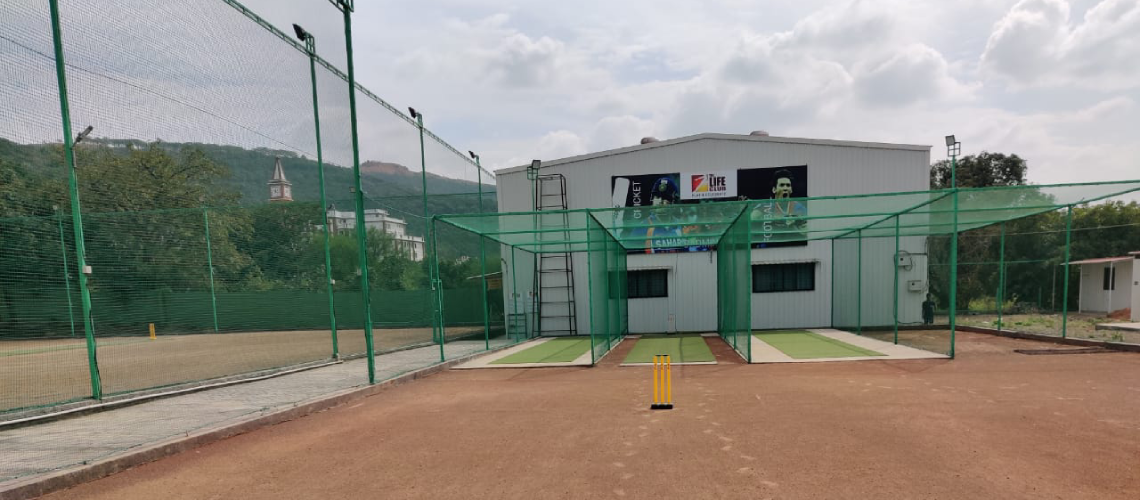
There are many different fielding positions in cricket, and each serves a specific purpose on the field. Here is a simple guide to explaining all fielding positions in cricket.
Slip Fielder
This position is usually between the wicketkeeper and the batsman. The slip fielder is one of the most critical cricket positions on the ground, as they are usually the first to catch a catchable ball. They are positioned close to the batsman and are responsible for catching the ball if it passes the bat.
Point Fielder
This fielder is positioned close to the batsman on the off-side of the field. The point fielder stops the runs and catches in their area.
Cover Fielder
The cover fielder is positioned on the off-side of the cricket field, and their primary responsibility is to stop the ball from reaching the boundary. They are also responsible for backing up the point fielder in case of a misfield.
Mid-Off Fielder
The mid-off fielder is positioned near the bowler and is responsible for stopping the ball from reaching the boundary. They are also responsible for taking catches.
Mid-On Fielder
The mid-on fielder is positioned near the bowler on the on-side of the field. They are responsible for stopping the ball from reaching the boundary and taking catches if the ball is hit toward them.
Square Leg Fielder and Fine Leg Fielder
They are positioned on the leg side of the field. They are responsible for stopping the ball from reaching the boundary and taking catches if the ball is hit toward them.
Deep Cover Fielder
The deep cover fielder is positioned in the deep part of the field, and their primary responsibility is to stop the ball from reaching the boundary. They are also responsible for backing up the cover fielder in case of a misfield.
Deep Mid-Wicket Fielder, Deep Fine Leg Fielder, and Deep Square Leg Fielder
They are positioned in the deep part of the field on the leg side. They are responsible for stopping the ball from reaching the boundary and taking catches if the ball is hit toward them.
Long-Off Fielder and Long-On Fielder
They are positioned in the deep field on the off-side. They are responsible for stopping the ball from reaching the boundary.
Now you know about the cricket fielding positions in detail. So it’s time to find the best place to start your career as a cricketer. Here are some tips for you.
Tips for Becoming a Skilled Fielder
Ready to become a skilled fielder? Here are several tips that will help you get there.
- First, practice makes perfect. The more time you spend on the cricket field, the more comfortable and familiar you will become with the cricket fielding positions and what is expected of you in each one of them.
- Second, it pays to read the game. That means paying attention to how the game unfolds and being mindful of where the batsman will hit the ball. Knowing this ahead of time allows you to get into position to make the catch or throw more easily.
- Third, use proper techniques when fielding. Though this might sound obvious, correct techniques will help you be in the appropriate position so that when a team member throws or hits a ball your way, you’re ready to catch it without fumbling or dropping it.
Finally, consider joining a cricket academy if you’re serious about improving your skills as a fielder. Life Club is the best place for cricket net practice in Pune.
They offer field training sessions designed to sharpen players’ skills and teach them how to think faster and act quicker on the cricket field for maximum performance.

